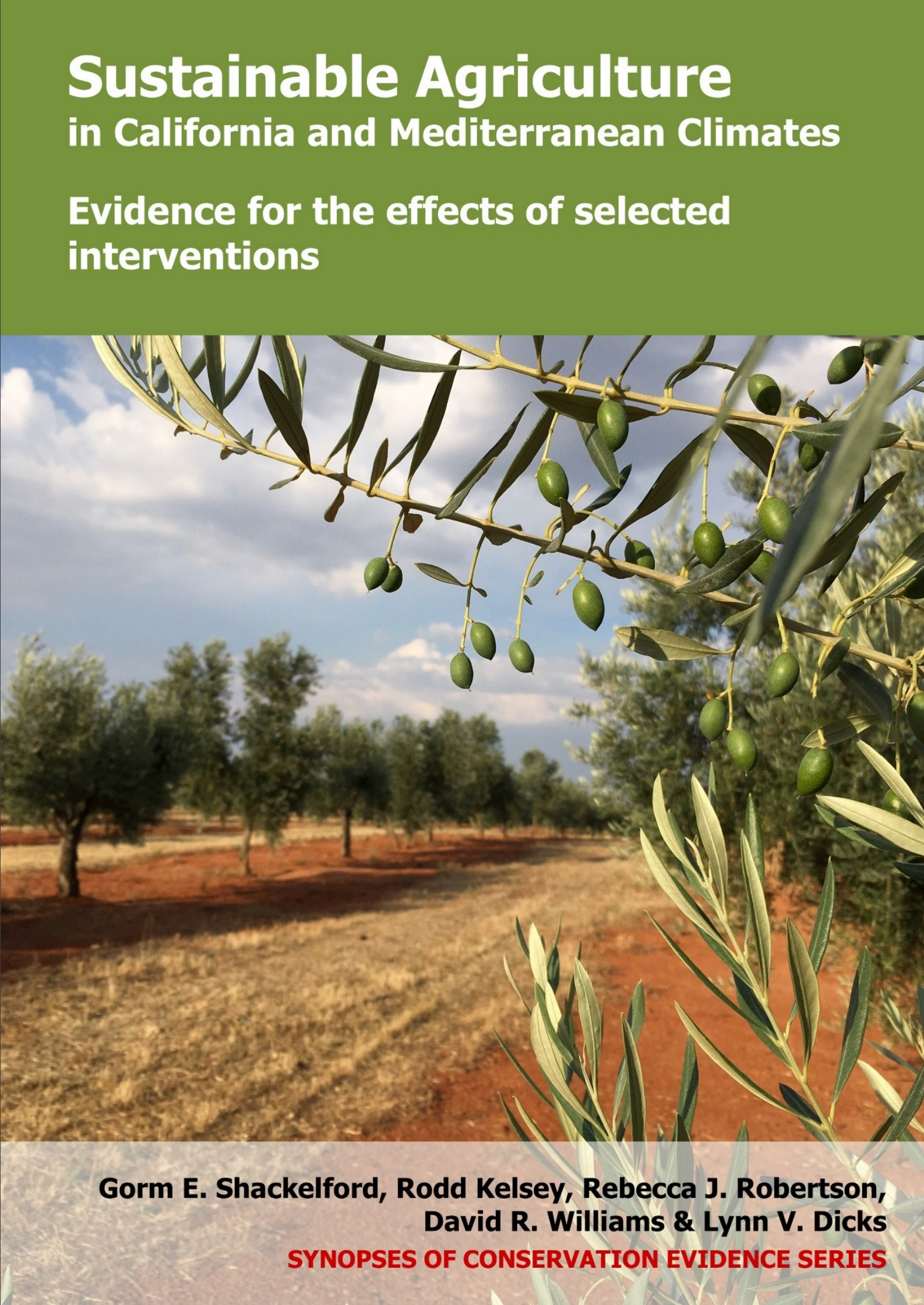Soil: Add sewage sludge to the soil
-
Overall effectiveness category Unknown effectiveness (limited evidence)
-
Number of studies: 6
View assessment score
Hide assessment score
How is the evidence assessed?
-
Effectiveness
50% -
Certainty
24% -
Harms
0%
Study locations
Supporting evidence from individual studies
A replicated, controlled study in 1997–1998 in irrigated fallow land in California, USA, found more organic matter and carbon dioxide in soils with added sewage sludge, compared to soils without it. Organic matter: More organic matter was found in soils with added sewage sludge, compared to soils without it (19 vs 10 g/kg). Soil erosion and aggregation: Similar amounts of water-stable aggregates were found in soils with or without added sewage sludge (367 vs 300 g/kg). Greenhouse gases: Higher carbon dioxide emissions were found in plots with added sewage sludge compared to plots without it (4 vs 1 µg/g/day). Methods: Plots (2 x 2 m) had sewage sludge (25 Mg/ha) or no added fertilizer (five plots each). Sewage sludge was added in April 1987, February 1988, and October 1988, and immediately incorporated into the soil (15 cm depth). Plots were irrigated weekly (100 mm/day). Five soil samples (25–100 mm depth) were taken from each plot.
Study and other actions testedA replicated, controlled study (year not reported) on a slope in Murcia, Spain, found less soil erosion in plots with added sewage sludge, compared to plots without it. Soil erosion and aggregation: Less soil was lost in runoff water from plots with added sewage sludge, compared to plots without it, after rainfall events (eight initial events: 48 vs 299 g soil/m2; later events: 25 vs 62). Methods: Sewage sludge was added to three treatment plots, but not three control plots (10 x 3 m plots, 15% slope). Soil loss was measured in runoff water, collected from the lower edge of each plot, after each rainfall event. Enough sewage sludge was added to the soil to increase its organic carbon content by 2%. The soil was rotovated to a (20 cm depth), to incorporate the sewage sludge.
Study and other actions testedA replicated, controlled study in 2004 in a barley field in Spain found more carbon dioxide in soils with added sewage sludge, compared to soils without it. Soil organisms: Similar amounts of microbial biomass (measured as carbon) were found in soils with or without added sewage sludge (179–229 vs 174 mg/kg). Greenhouse gases: Higher rates of respiration (measured as carbon dioxide) were found in soils with added sewage sludge, compared to soils without it, in one of two comparisons (50 vs 15 µg CO2/g/day). Methods: Sewage sludge (40 t/ha) was added to some plots, but not to others (plot size and number of replicates not reported). Soil samples (0–20 cm depth) were taken from each plot, nine and 36 months after adding the sewage sludge.
Study and other actions testedA replicated, controlled study in 2001–2003 in a degraded wood pasture in Catalonia, Spain, found more nitrate in soils with added sewage sludge, compared to soils without it. Nutrients: More nitrate was found in soils with added sewage sludge, compared to soils without it (24–47 vs 3 kg N-NO3/ha). Implementation options: More nitrate was found in soils with added digested sewage sludge, compared to composted or thermally dried sewage sludge (47 vs 24–28 kg N-NO3/ha). Methods: There were five plots (20 x 5 m) for each of three sewage-sludge treatments (10 t dry matter/ha of composted, digested, or thermally dried sewage sludge) and one control (no sewage sludge). To restore the wood pasture, shrubs and small trees were crushed and scattered on the soil, and grass seeds were sown. Soil was collected in soil cores (10 cores/plot, 0–20 cm depth).
Study and other actions testedA replicated, randomized, controlled study in 2002–2005 in a barley field in Toledo, Spain, found similar amounts of microbial biomass in soils with or without added sewage sludge. Soil organisms: Similar amounts of microbial biomass (measured as carbon) were found in soils with or without added sewage sludge (86–136 vs 76 mg C/ha). Methods: The sewage sludge was thermally dried at 75oC. There were four plots (10 x 3 m) for each of four fertilizer treatments (20 or 80 t sewage sludge/ha, applied once in three years or once/year) and there were four control plots (no fertilizer). Plots were fertilized in mid-September and planted in mid-October.
Study and other actions testedA replicated, randomized, controlled study in 2006–2008 in a cereal field in the Castelo Branco region, Portugal, found similar amounts of nitrate in soils with or without added sewage sludge. Nutrients: Similar amounts of nitrate were found in soils with or without added sewage sludge (1–50 vs 1–10 mg NO3-N/litre water). Methods: Water in the soil was collected in porous ceramic suction cup samplers (four/plot; 0.6–0.7 m depth; 50 kPa for 24 hours), whenever drainage occurred (October–November and April–May; 16 samples in total). There were three plots (5.6 x 8 m) for each of two treatments (single application or split application of sewage sludge) and one control (no sewage sludge). Maize was grown in spring–summer, and oats were grown in autumn–winter.
Study and other actions tested
Where has this evidence come from?
List of journals searched by synopsis
All the journals searched for all synopses
This Action forms part of the Action Synopsis:
Mediterranean Farmland
Mediterranean Farmland - Published 2017
Mediterranean Farmland synopsis





)_2023.JPG)














